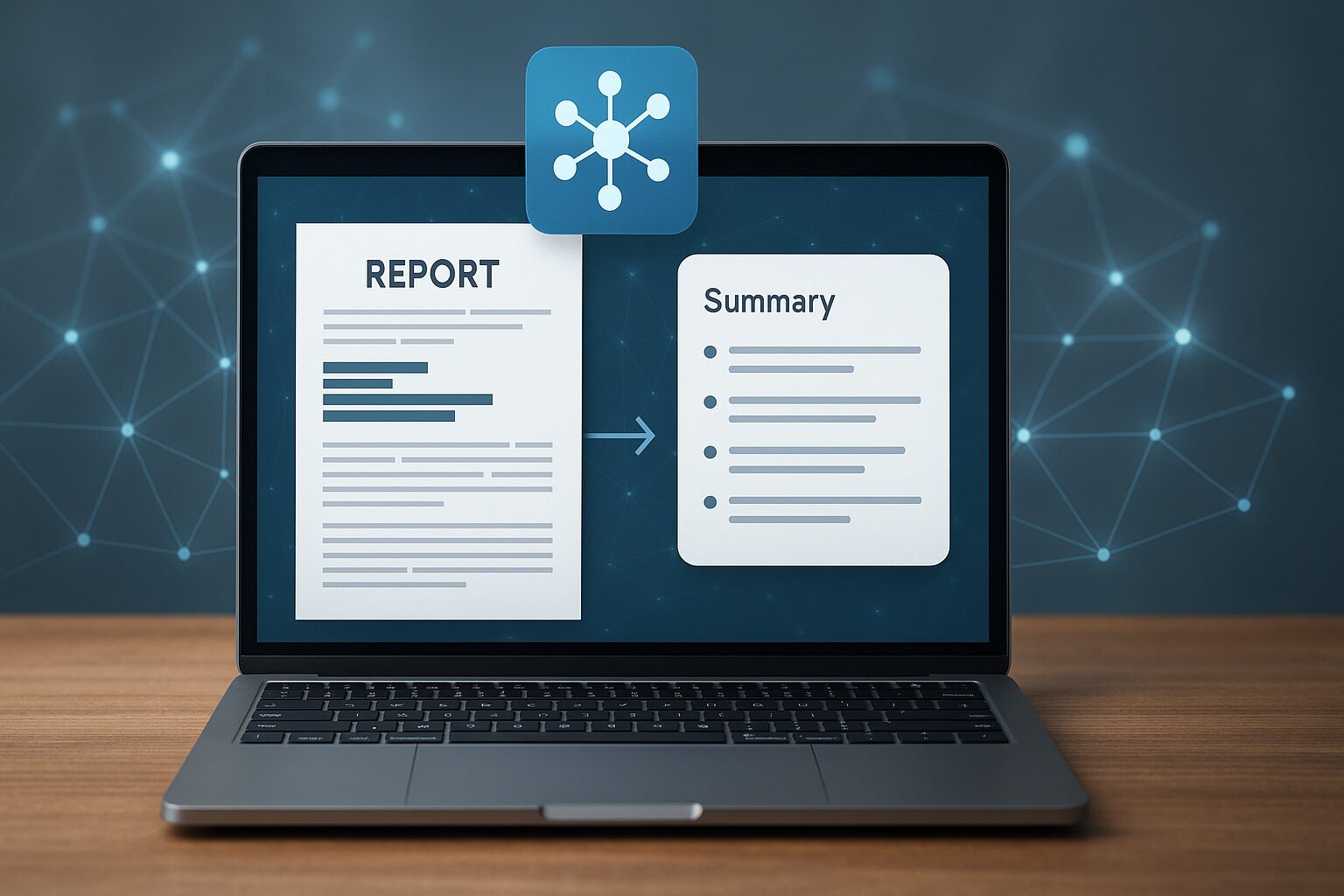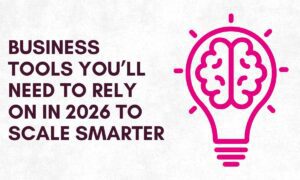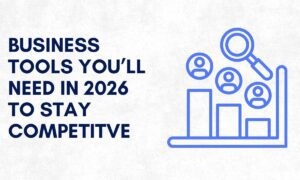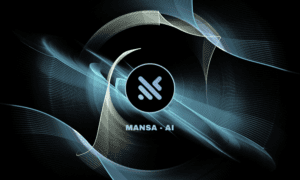In today’s fast-paced digital landscape, extracting and summarizing information from images isn’t just a convenience—it’s a necessity. Whether we’re dealing with scanned documents, screenshots, infographics, or handwritten notes, having the power to instantly summarize visual content can significantly enhance productivity, accessibility, and efficiency. As part of our ongoing analysis of emerging technologies, we’ve closely examined how AI-powered tools are reshaping the way we interact with image-based data.
The Evolution of Image Analysis through AI
Over the years, image recognition technologies have evolved from basic object detection to highly advanced semantic analysis. Today, AI doesn’t just see what’s in an image—it understands the context, language, and intent behind it.
Modern AI models now combine Optical Character Recognition (OCR) with Natural Language Processing (NLP) to extract and interpret text embedded in visuals. By utilizing deep learning, convolutional neural networks (CNNs), and transformer-based architectures, these tools provide accurate summaries of complex image data in a matter of seconds.
Why Instant Image Summarization Matters
Speed and accuracy are vital for businesses, researchers, journalists, and everyday users who deal with visual information daily. Traditional methods involve manually reading and summarizing content from images, which is time-consuming and prone to human error. AI-driven summarization allows for:
- Time-efficient data extraction
- Accurate insights from visual documents
- Improved accessibility for visually impaired users
- Automation in data-heavy workflows
Convert Images to Text & Summarize with iWeaver AI
For those looking for a simple and efficient solution, Convert Images to Text & Summarize with iWeaver AI is a reliable option. It utilizes advanced OCR and NLP technologies to extract text and generate meaningful summaries from various image formats—such as infographics, scanned notes, and documents. The platform is ideal for anyone needing fast and accurate visual data processing with minimal effort.
Core Technologies Behind AI-Powered Image Summarization
1. Optical Character Recognition (OCR)
OCR technology enables machines to recognize text within digital images. It serves as the backbone for extracting readable text from image files such as PDFs, JPEGs, or PNGs. Advanced OCR engines like Google Cloud Vision now incorporate AI to significantly improve recognition accuracy across various languages and fonts.
2. Natural Language Processing (NLP)
Once text is extracted, NLP algorithms take over to summarize the data. These algorithms analyze the grammar, syntax, and semantic structure of the extracted content to deliver concise summaries. AI tools can even adjust the tone and length of summaries depending on the use case—ranging from executive briefs to bullet-pointed notes.
3. Machine Learning Integration
Machine learning allows the system to improve its summarization capabilities over time. Through feedback loops and user input, AI tools refine their understanding of what constitutes a useful summary. This adaptive learning results in more relevant and meaningful outputs.
Real-World Applications of AI-Based Image Summarization
Healthcare Industry
Doctors and researchers can use AI to extract and summarize medical information from handwritten prescriptions, radiology reports, and pathology slides. This not only improves record-keeping but also enhances diagnostic accuracy.
Education and E-Learning
Educators and students benefit by summarizing whiteboard images, textbook snapshots, or lecture slides. The automation of note-taking improves learning efficiency and content accessibility.
Corporate Sector
In the business world, AI summarization tools simplify document processing by converting contracts, presentations, and infographics into digestible summaries. This helps executives make quicker, more informed decisions.
Journalism and Media
Journalists can instantly summarize screenshots from social media, scanned articles, or visual data sets to derive actionable headlines and news briefs faster than traditional methods.
Benefits of Using AI Tools for Image Summarization
- Speed: Drastically reduces the time spent on manual data extraction.
- Scalability: Capable of processing large volumes of image-based data.
- Multilingual Support: Recognizes and summarizes text in various languages.
- Contextual Understanding: Goes beyond words to interpret meaning.
- Accessibility: Converts image content into readable formats for the visually impaired.
Challenges and Limitations
Despite its immense potential, AI-based image summarization does face hurdles. Accuracy may decline with low-resolution images, handwritten notes, or unusual layouts. Additionally, data privacy remains a concern, especially when processing sensitive documents. Users must ensure that the tools they use comply with relevant data protection standards.
How to Choose the Right AI Image Summarization Tool
When selecting a summarization tool, consider the following:
- Accuracy of OCR
- Support for multiple file formats
- Customization options for summaries
- Integration with other apps
- Security and data compliance
One well-documented solution combining OCR and NLP is Adobe Acrobat’s OCR AI features, which provide high accuracy and enterprise-grade security, although many other emerging tools offer similar capabilities with varied pricing and customization.
The Future of AI-Driven Image Understanding
The future looks promising. With advances in multi-modal AI models, we’re moving toward systems that not only understand text but also analyze charts, graphs, and emotions in images. This could revolutionize industries such as law, education, and medicine by offering end-to-end analysis of image-heavy documents.
Moreover, AI tools will soon be able to generate audio summaries, making visual content even more accessible and inclusive. With continuous training and feedback, these tools will evolve to offer even more contextually rich and actionable insights.
Conclusion
AI-powered methods for summarizing information from images are redefining the way we process visual content. From healthcare and education to corporate and media, this technology is making information more accessible, accurate, and manageable. While challenges exist, ongoing innovations continue to close the gaps, ensuring we can trust these tools for mission-critical applications.





























